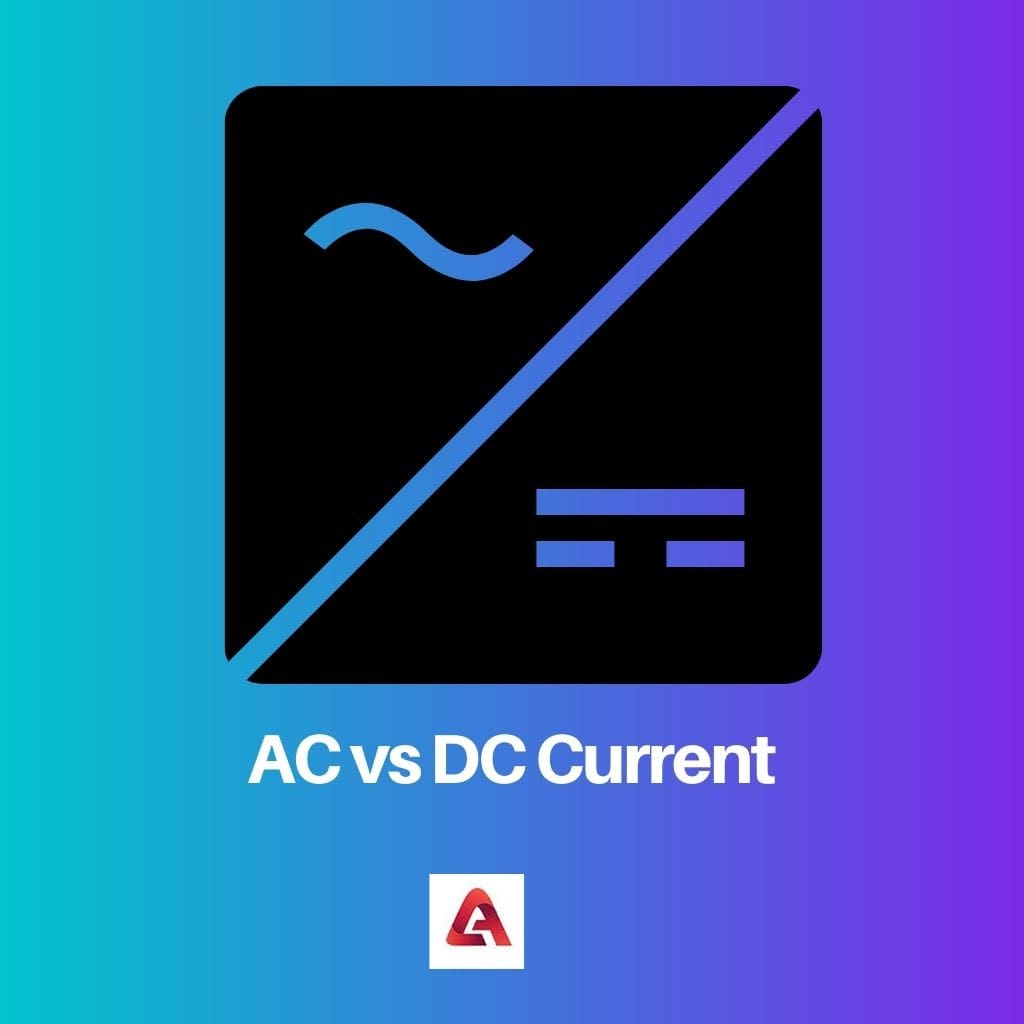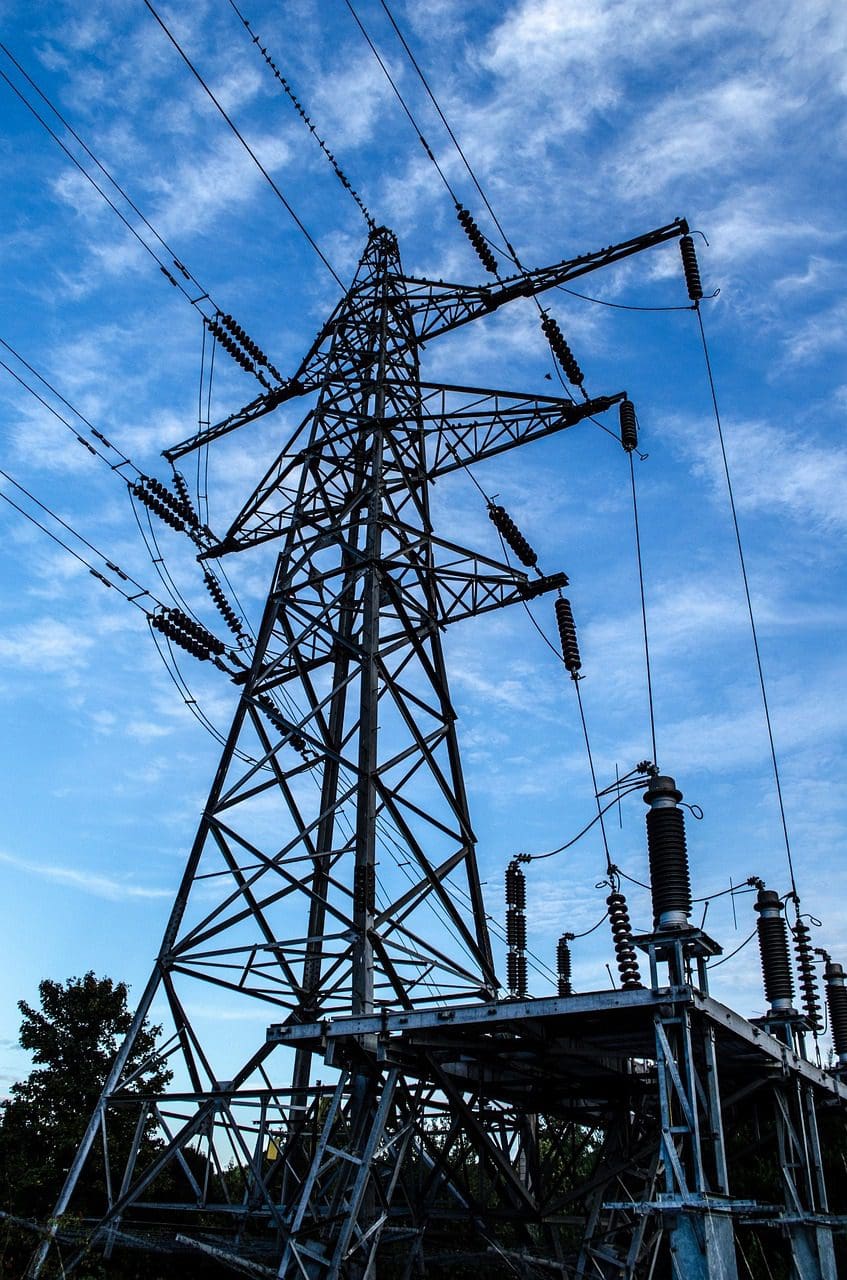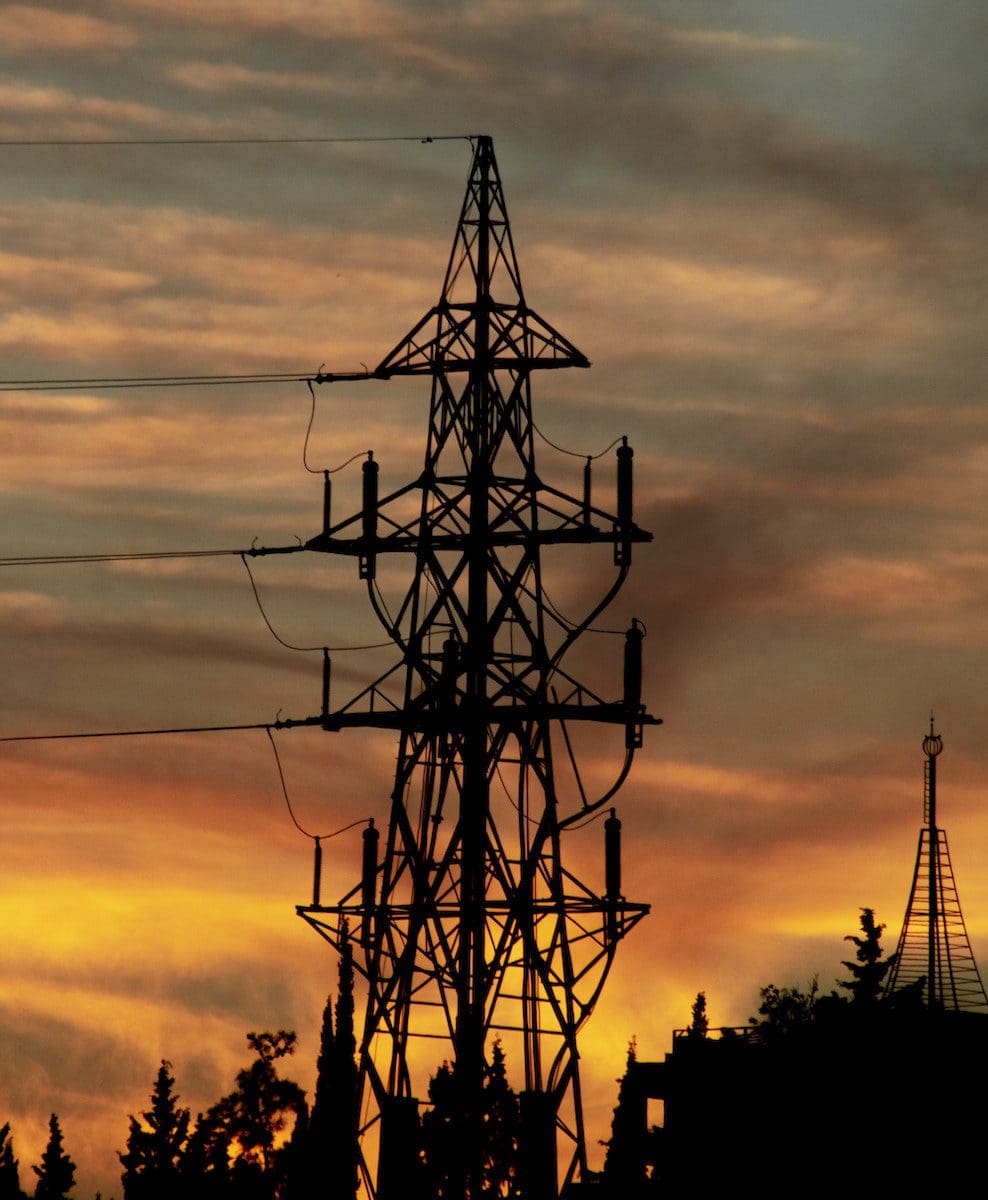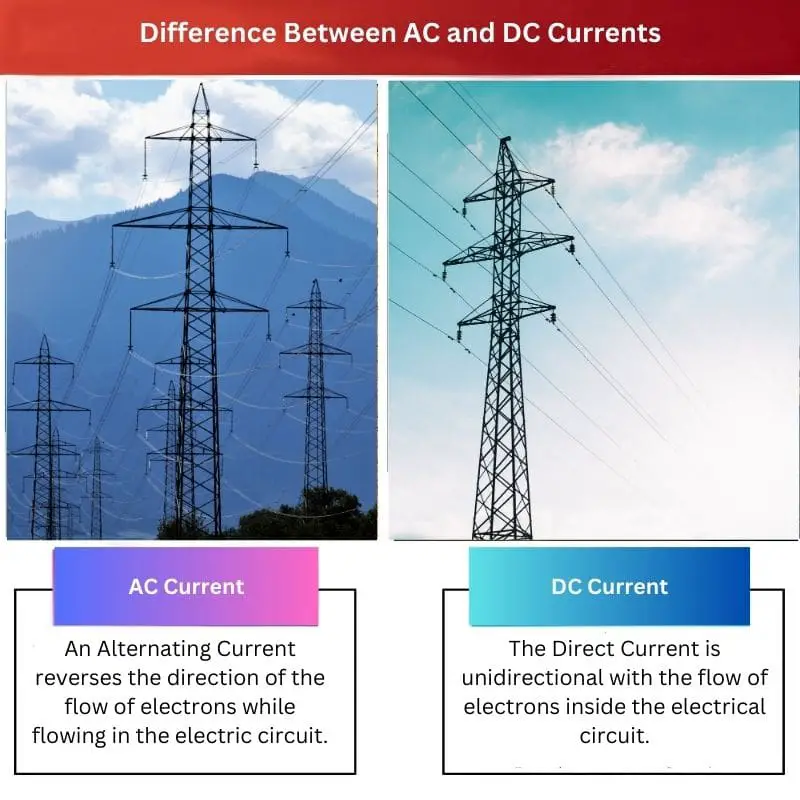Some of the questions that we will try to answer here are;
- What is the critical difference between the two currents?
- Which of the two currents is more powerful?
- Which of the two currents is more cost-efficient?
When the electrons move from one place to another, then there is a flow of electricity. The direction of the electrons determines the critical difference between the two forms of current or electricity.
Key Takeaways
- AC (alternating current) is an electrical current that periodically reverses direction.
- DC (direct current) is an electrical current that flows in one direction.
- AC is used for power transmission over long distances, while DC is used for electronic devices and appliances.
AC vs DC Current
The difference between AC and DC currents is that the Direct current is steady and unidirectional, i.e. the flow of electrons is always in the forward direction. However, the Alternating current flows in multiple directions, i.e. the movement of electrons is first in the forward and then in the backward direction.

Also, as a fun fact you should know that Alternating Current is the most viable option for transferring electricity from one point to another.
Comparison Table
| Parameter of Comparison | AC Current | DC Current |
|---|---|---|
| Definition | An Alternating Current reverses the direction of the flow of electrons while flowing in the electric circuit. | The Direct Current is unidirectional with the flow of electrons inside the electrical circuit. |
| Variants | Square, Triangular, Circular, Sinusoidal Waveform etc. | This is pulsating in nature and pure by form. |
| Source of Generation | All the Alternating Current Generators and mains are the critical sources of AC currents. | All the cells or batteries are the critical sources for Direct Current generation. |
| Electron Movement and Direction | The electrons keep changing the flow direction, i.e. forward and backward direction. | The electron movement is unidirectional, i.e. the flow is only in the forward direction. |
| Current Magnitude | The magnitude of the Alternating current varies with time. | The magnitude of Direct Current does not vary with time. |
| Power Factor | The Power factor for AC fluctuates between 0 and 1. | The Power factor value for direct current is always 1. |
What is AC or Alternating Current?
An Alternating Current is defined by the flow of electrons inside an electric circuit that changes their directions periodically. It is the source of power for the following industries;
- Houses of people and other neighbours.
- Offices and Work locations.
- Buildings or nearby apartments.
- The primary source of power for electric motors.
- It can be used for voltage control in transformers.
AC could be quickly produced with the help of a device called the Alternator that generates Alternating Currents. To generate it, we need a source of the magnetic field.
Inside the source, a wire loop will be spun, and electrons will start flowing in one direction.
The wire rotation can be generated via any turbine or electric motor as the source. Due to different magnet ports inside the wire, the direction of electrons keeps on changing repeatedly and thus results in 9V AC generation.

What is DC or Direct Current?
A Direct Current is defined by the flow of electrons inside an electric circuit that flows unidirectional, i.e. in the forward direction.
This is also governed by the flow of electrons from a negative pole to the positive pole of the magnet.
The major disadvantage of DC is that it is unable to travel long distances as it begins to lose its energy. Also, the frequency of DC will always be zero (0).
The flow of electrons is always from the area of superior electron density to a zone where the electron density is relatively lower.
To the change, the direction and voltage of DC are relatively expensive and difficult to achieve. This makes it a poor choice for long-distance voltage transmissions.
In today’s world, most computer accessories and devices use DC, such as any solid-state equipment that would consume up to 14 V of DC.
The best real-life example of Direct Current is the batteries used everywhere nowadays. All the batteries have 2 terminals, i.e. positive and negative terminals.
The current will flow between the 2 terminals of the battery, and DC will be generated.
Some of the standard applications of DC are;
- Charging Batteries
- Automotive Appliances
- Aircraft application and charging
- Other Low voltage and low current devices.
Marine DC High Voltage lines are a very feasible option because, in a subsea environment, AC is not the best possible option.
In such cases, the electricity is first produced in AC form and then transmitted to DC form via different electric cables.
Later at the destination, the current is again converted to AC for regular use. Thus, conversion from AC to DC is relatively cheap and easy, but vice versa is costly.

Main Differences Between AC and DC
Although both are methods of electricity or voltage transfer, there are many differences between AC and DC when it comes to the flow and properties of electrons.
- AC reverses its direction while flowing, while DC always flows steadily and uniformly.
- DC is the constant current, while AC’s magnitude varies with time.
- The passive parameters for alternating current are Impedance, while resistance is the parameter for direct current.
- DC has a power factor value of 1, while for DC, the value fluctuates between 0 and 1.
- The frequency of DC will always be zero. But the frequency of alternating current varies from 50 Hz to 60 Hz.
- AC is two-directional, while DC is always unidirectional, i.e. the electrons only move from the high-density electron side to the low-density electron location.




